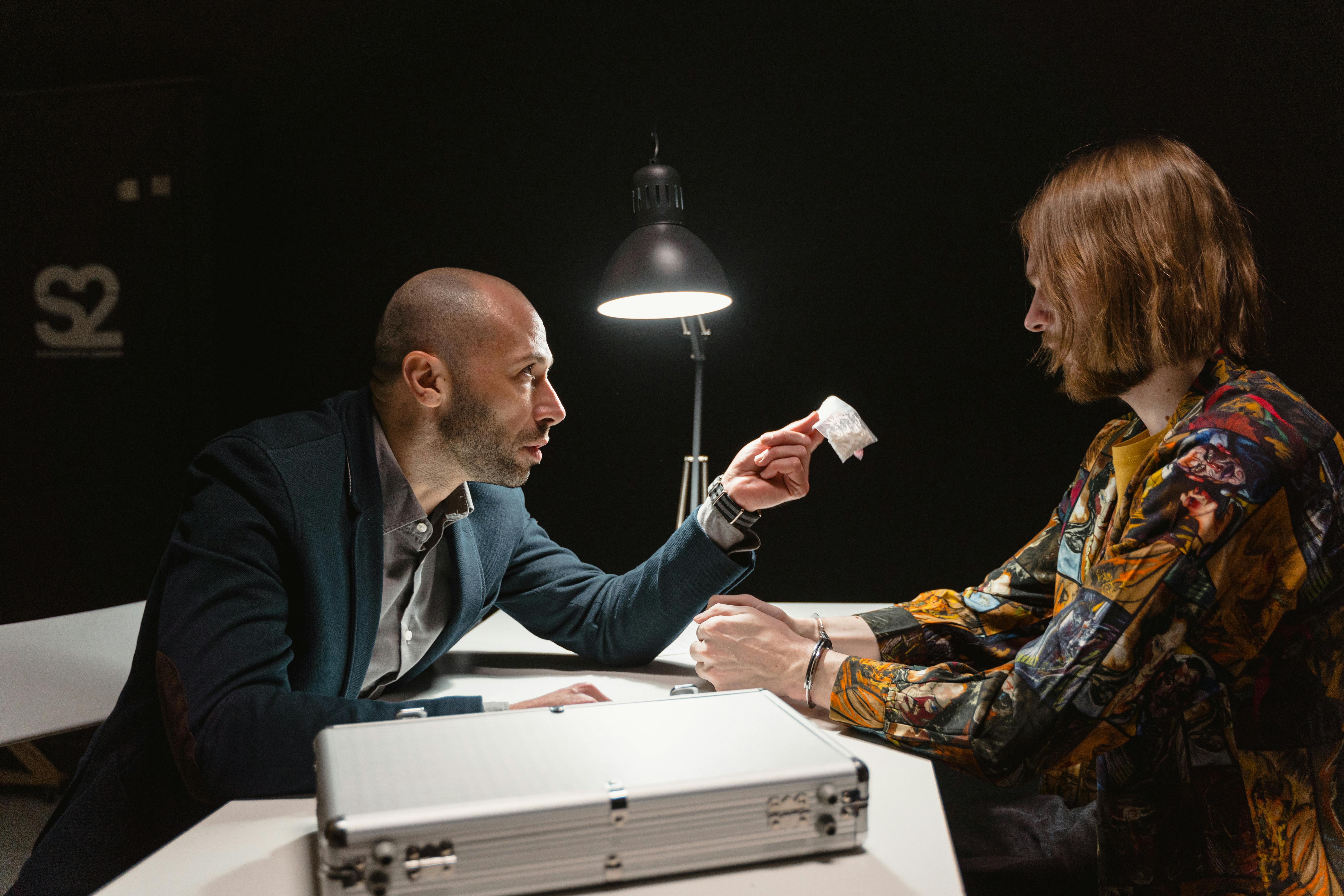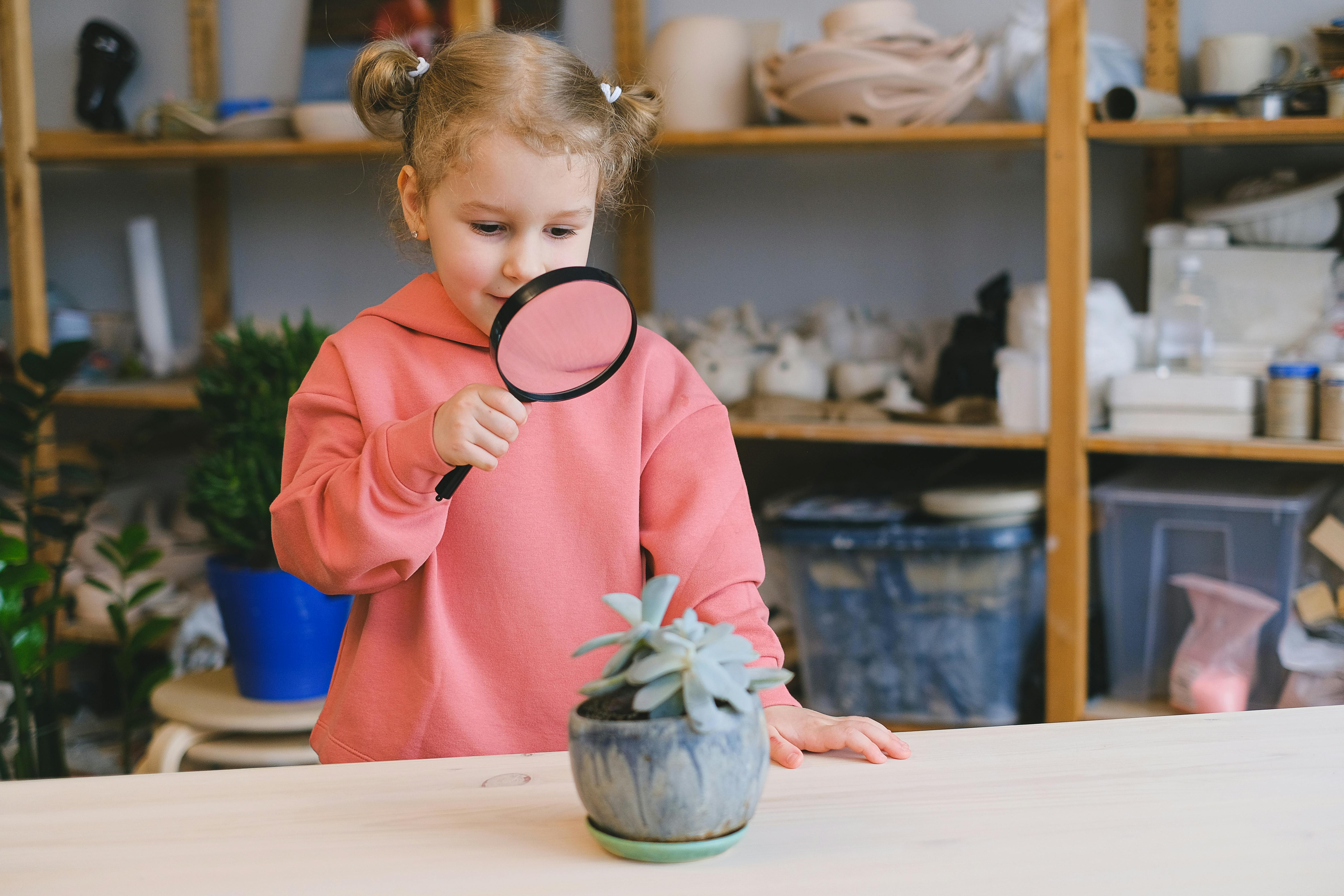As an affiliate, I earn from qualifying purchases, but this doesn't affect the reviews or recommendations—your trust is important to me!
Creating a DIY Lava Lamp Experiment at Home

Today, We're Making:
- - DIY Lava Lamp Experiment
- - 'Exploring Planets': Kids can create a model of the solar system to understand the orientation of the planets. This would celebrate the 16th anniversary of the Pluto's reclassification as a dwarf planet. Parents can help find the necessary materials like Styrofoam balls, paints, and sticks.
- - 'DIY Time Capsule': This project can be associated with the current date and kids can include newspaper clippings, photos, or objects representative of 2025. They can bury the capsule and learn about the concept of time and history. All they need is a sturdy container.
DIY Lava Lamp Experiment: The Epitome of Vintage Coolness Is Back!
Remember those mesmerizing lava lamps that used to be the epitome of cool in the '70s? Well, they are making a comeback with a twist - now you can create your very own DIY Lava Lamp Experiment at home!
A Hands-On Science Project
This fun DIY project is not just a dose of nostalgia, but a hands-on science project that introduces the magic of science in the most fun way possible. Whether you’re looking for creative home projects to do on a rainy Sunday afternoon, seeking educational DIYs for your kids, or simply a fan of turning ordinary items into extraordinary crafts, making a lava lamp at home promises a family fun craft that everyone will enjoy.
Get Crafty with Science
So, are you ready to get crafty with science?
How to Make a DIY Lava Lamp
Now that you're all geared up for creating a DIY Lava Lamp Experiment, let's dive into the heart of this enjoyable project. Don't worry, the ingredients and tools you need for this DIY project are probably already nestled in your kitchen cabinets or easily available in local stores. With a clear container, vegetable oil, water, food coloring, and effervescent tablets, the kids will be having fun with science within no time.
Primarily, you'll fill three-quarters of the container with vegetable oil. Then, add water until it's just about an inch from the container's top. To add a splash of creativity and color to your makeshift homemade lava lamp, add a few drops of food coloring. This is where you can let your imagination run wild, use any color that excites you or better yet, mix a couple of shades and see what happens!
The Real Lava Lamp Science
The main event of the DIY Lava Lamp Experiment, of course, is when you introduce the effervescent tablets into the mix. Drop them in and watch the magic unfold. Your homemade lava lamp will light up with blobs of colored water floating to the top, before descending back down, imitating the mesmerizing flow of the original lava lamp.
But don't let the colorful, bobbling spectacle overshadow the exciting science activities this DIY project presents. Behind the captivating visuals, significant science concepts are at play. The oil and water separate because oil is less dense than water. Likewise, when the effervescent tablet dissolves, it creates gas. The gas bubbles rise and take some colored water along for the ride. Once the gas bubbles burst, the color droplet falls back down!
Hands-On Science Fun
This lava lamp science is not just a fun DIY project but also an effortless and practical science lesson for the little ones. It introduces kids to the concept of density and immiscibility in the most entertaining way. The children won't even realize they're learning science at home because they'll be too busy enjoying the sight of their DIY lava lamp!
So, whether it's a gloomy afternoon, a lazy weekend, or a curious exploration, making a lava lamp at home promises to be an engaging family fun craft. It is an excellent way to bond with your kids while stimulating their interests in DIY science experiments.

In a nutshell, crafting a DIY Lava Lamp Experiment
is an exciting, hands-on activity that combines creativity, nostalgia, and science in one neat package. It's an opportunity to step away from gadgets and engage in a fantastical science project that evokes wonder and learning.
Not only will it add a shimmering touch to any room, but it's also a thoughtful guide into the world of science, making learning unforgettably fun.
Are you ready to mesmerize your family with this do-it-yourself lava lamp?
The science of immiscibility and density is waiting to be explored. Roll up your sleeves, get set, and let the magic of science erupt right inside your homemade lava lamp!

You May Also Like These:
Exploring Planets: Create a Model of the Solar System
Celebrate the 16th anniversary of Pluto's reclassification as a dwarf planet by helping your child understand the layout of our solar system! This project is a fun and engaging way for kids to learn about planets, their relative sizes, and their positions in the solar system.
Materials Needed:
- 9 Styrofoam balls of different sizes (representing the planets and Pluto)
- Acrylic paints (various colors)
- Paintbrushes
- A long piece of wire or a wooden rod
- String
- Scissors
- Glue
Instructions:
- Preparation: Gather all your materials in a well-lit, spacious area where you can comfortably work.
- Designating Planets: Decide which Styrofoam ball represents each planet. The largest should be Jupiter, and the smallest should be Pluto.
- Painting: Using the acrylic paints, paint each Styrofoam ball to resemble the planet it represents. This is a great time to educate your child about the colors and features of each planet.
- Drying: Allow the painted Styrofoam balls to dry completely. This may take a few hours or overnight, depending on the paint you've used.
- Assembly: Once dry, carefully thread each Styrofoam ball onto the wire or wooden rod, in the order of their distance from the Sun. Use the string to help secure them if needed. Note: The order from the Sun should be - Mercury, Venus, Earth, Mars, Jupiter, Saturn, Uranus, Neptune, and finally, Pluto.
- Display: Decide on a place to display your solar system model. The ceiling is a great spot, as it mimics 'space', but ensure it's in a place where it won't get knocked or damaged.
After completing this project, your child will have a better visual understanding of our solar system - and you will have a new piece of educational decor. Have fun exploring the planets!
DIY Time Capsule
Introduction
A fun and interactive STEM project designed for kids. They get to create their own time capsule, associated with the current date. In this project, children will learn the importance of preserving history and the passage of time. This DIY time capsule can include objects like handmade drawings, toys, a list of their favorite things, and recent newspaper clippings amongst other things.
Materials Needed
- A sturdy container (this could be a shoe box, glass jar, or metal tin)
- Art and crafting supplies (such as markers, glitter, stickers, etc. for decorating)
- Memorabilia (current newspaper clippings, little toys, handwritten letters, small-sized art projects, etc.)
- Saran Wrap
- Sealing wax or duct tape
Instructions
- Start by collecting items for the time capsule. Gather items that define the present time. This could be a newspaper clipping, a favorite small toy, a handwritten letter, photos, and more. This is a way of preserving memories, so let your child be creative in selecting items that they feel represent their life right now.
- Decorate the container. Let your child use paint, glitter, stickers, or any other crafting supplies to personalize their time capsule.
- Wrap each individual item in Saran Wrap before putting it in the container. This will help preserve the items.
- Seal the container. This can be done with sealing wax or duct tape to keep the contents safe from external elements.
- Finally, find a good place to store the time capsule. This can be in a closet, in the attic, or even buried in the backyard. Make sure to mark the date and the location of the time capsule somewhere you can remember.
Conclusion
Enjoy a trip down memory lane when the time comes to open your DIY Time Capsule. This project not only encourages creativity but also fosters patience and an appreciation for the passing of time.
1. DIY Draughts Game using Bottle Caps and Sticks
Materials:- 10 bottle caps of one color (black)
- 10 bottle caps of a different color (red)
- Cardboard (about 40cm x 40cm)
- 32 small sticks
- Black marker
- Glue gun
- Mark a 8 x 8 grid on the cardboard using the black marker.
- Using the glue gun, stick the sticks onto the grid to make the squares for the game. Allow it to dry.
- Place the bottle caps on the game board, with each player having a different color. Now your game is ready to play!
2. DIY Time Capsule
Materials:- Shoebox or any other sturdy box
- Pen
- Paper
- Personal items (old toys, photos, drawings, etc.)
- Newspaper clippings relevant to the current date
- Glue
- Write a letter about your current life, hobbies, friends, and dreams for the future. Make sure to date the letter.
- Select a few personal items that mean something to you at this moment in time.
- Collect some newspaper clippings about current events.
- Place the letter, items, and newspaper clippings inside the shoebox.
- Seal the box with glue and set it away in a safe place to be opened in the future.
DIY Pinwheel Project
Ingredients:
- Sheet of paper (colorful, if possible)
- Scissor
- Pencil with an eraser on the end
- Straight pin
Instructions:
- Cut the paper into a perfect square (Size: 15cmx15cm).
- Draw a diagonal line from one corner to the next, making an X across the paper.
- Cut along each line from the tips towards the middle, but stop approximately 1cm from the center.
- Gather every other point that you have cut to the center of the square and hold them there.
- Stick a straight pin through the points and into the eraser of the pencil, making sure not to stick yourself. Allow some space so the pinwheel can spin freely.
- Test your pinwheel by blowing on it to ensure it spins correctly.
Marshmallow Tower Challenge
Ingredients:
- One bag of regular-sized marshmallows
- 100 regular toothpicks
Instructions:
- Decide on your tower structure and start building a base that you believe will support a taller structure.
- Connect toothpicks together using marshmallows. Continue this process and start building upwards.
- As your tower gets taller, you might need to add additional toothpicks and marshmallows for support.
- Keep going until either you run out of materials or your tower can no longer stand up. Remember, the aim is to create the tallest freestanding structure you can!
Ingredients
- A sturdy, waterproof container - This will serve as the time capsule. It could be made of metal, plastic or glass as long as it can survive the elements.
- Examples of objects representative of 2025 - These can be anything representative of 2025 technology, culture, or personal memorabilia.
- Paper and writing utensils - Useful for writing down predictions, letters to future selves, or documenting current events.
- Camera for pictures - This could be a cell phone camera or a regular digital camera. The pictures can be printed and placed in the time capsule.
- Packing Material - To prevent the items inside from moving around.
- Digging tools - For burying the time capsule.
Instructions
- Choose a sturdy, waterproof, and rustproof container. Make sure it is large enough for the items but small enough to bury.
- Gather items representative of 2025. This could include pictures, newspaper clippings, a list of favorite apps, a letter to the future, toys, etc. Be creative!
- Document the current year. Take pictures of each other and write down your thoughts, predictions for the future, and a description of life in 2025.
- Secure items in the container. To ensure the items remain undamaged, wrap them in packing material before placing them in the container.
- Seal the container. Make sure the lid is secure to protect the items from elements.
- Choose a spot for the time capsule. This could be in your backyard, under a favorite tree, or any other memorable spot.
- Dig a hole deep enough for the time capsule and place the container in the hole.
- Cover the time capsule and mark the spot. This can be done with a flag, a stone, or anything that wouldn't be moved around.











